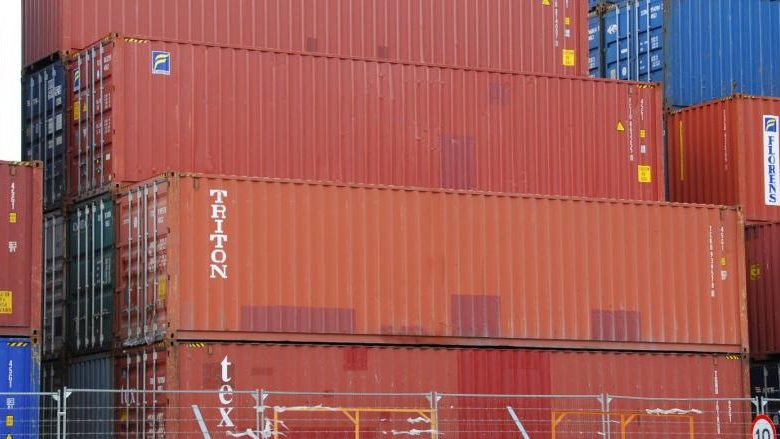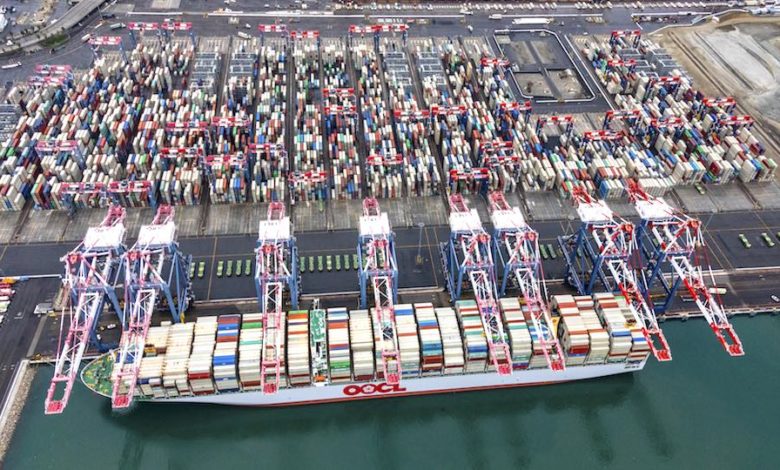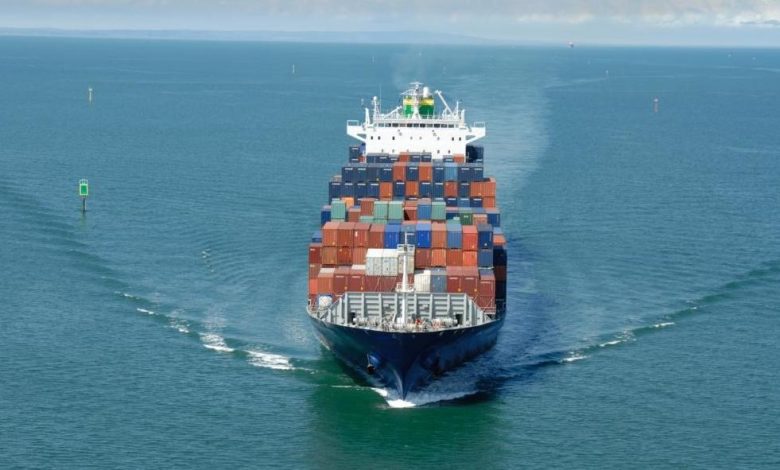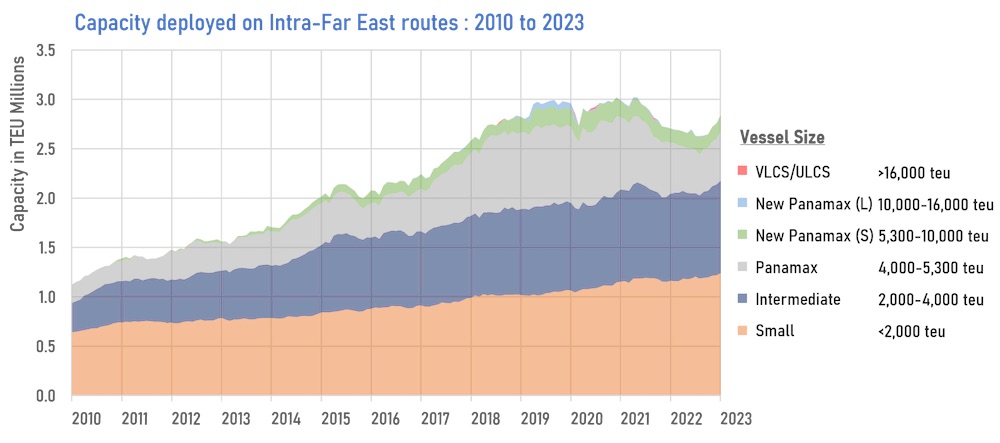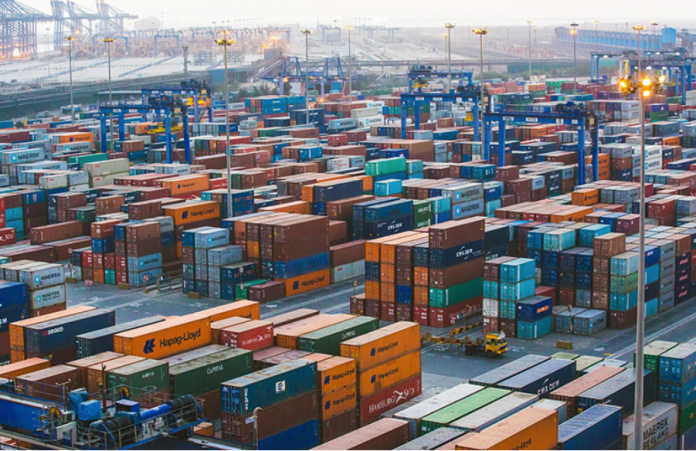Euroseas setting container charter benchmarks
Sam Chambers April 11, 2023 Splash247.com
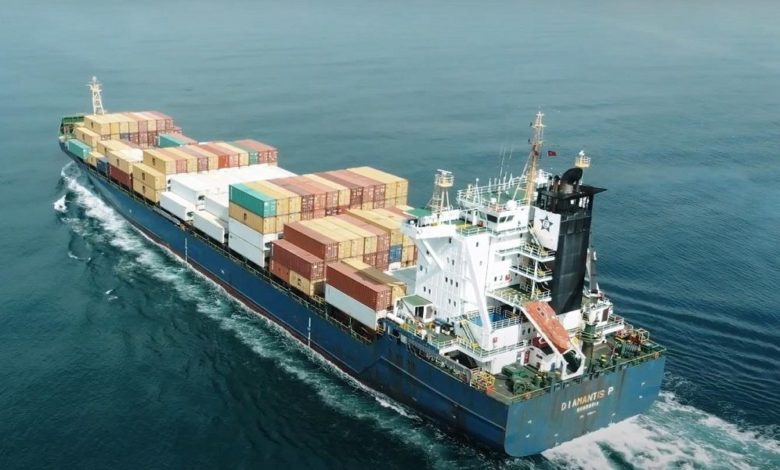
NASDAQ-listed Euroseas is setting the pace in the remerging container charter scene, announcing details today of a three-year-plus charter of a newbuild feeder for a firm $48,000 a day.
The Greek owner has just taken delivery of the 2,800 teu Gregos from Hyundai Mipo Dockyard in South Korea and sent it out on a 36 to 40-month charter to Asyad Lines, an Omani carrier.
The Gregos is the first of nine newbuilds Euroseas has contracted.
Aristides Pittas-led Euroseas has been making headlines for its solid charter deals secured of late.
After being fixed and failed in late March, Euroseas’ 2009-built, 4,253 teu Synergy Keelung was fixed last week for a minimum 24-month period at $23,000 with Thailand’s Regional Container Lines (RCL), a rate brokers Braemar described as “remarkably firm” given the fact that last panamax fixture managed to achieve a 12-month period only and Euroseas was able to achieve a 5% rate increase for a period twice as long.
“Not surprisingly most owners have readjusted their period ideas accordingly – particularlay for vessels in the 3,000+ teu segment, and given the low supply, other operators are likely to align with the new longer period trend,” Braemar noted in its latest container weekly report.
Charter rates rising markedly for all sizes of ships is reflected in the Alphaliner Charter Index, which is now, for the first time since June 2022, on a modest but visible rising trend.

